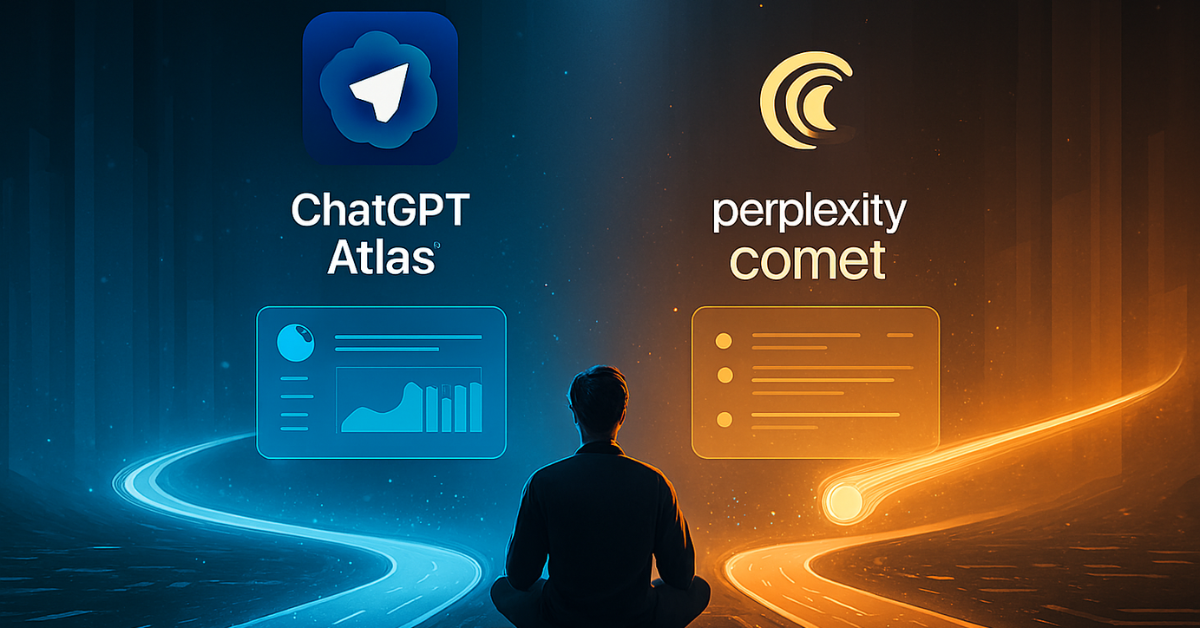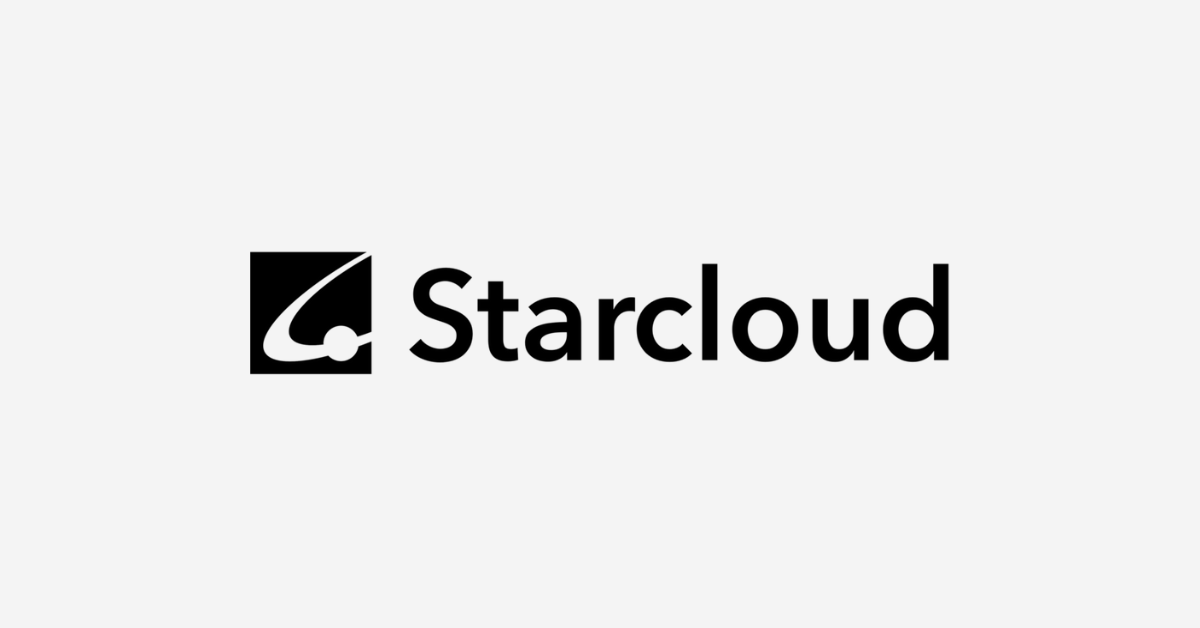- Home
- /
- Courses
- /
- Fundamentals of Web3.0
- /
- H. Decentralized Storage and Data…
Introduction
In the decentralized landscape of Web3.0, data storage is undergoing a profound transformation. Unlike Web2.0, where centralized servers owned by tech giants like Amazon or Google dominate, decentralized storage systems empower users with control, resilience, and censorship resistance. By distributing data across global networks of nodes, these systems ensure that no single entity can monopolize or manipulate information, aligning with Web3.0’s ethos of user sovereignty. From hosting NFT metadata to powering decentralized applications (dApps), solutions like the InterPlanetary File System (IPFS), Filecoin, and Arweave are redefining how data is stored and accessed. This chapter explores the principles, technologies, and practical applications of decentralized storage, delving into their mechanics, benefits, and challenges. By the end, you’ll understand how these systems underpin Web3.0’s infrastructure and how to leverage them for building resilient, decentralized solutions.
Imagine a world where your digital files—be it a family photo, a critical document, or an NFT’s metadata—are not locked away in a corporate server but distributed across thousands of computers worldwide, accessible anytime, anywhere, without fear of censorship or loss. Decentralized storage makes this possible, offering a paradigm shift from centralized control to distributed networks. In 2025, with the decentralized storage market projected to reach $4.5 billion, these technologies are no longer niche but integral to Web3.0’s growth. As we dive into this chapter, we’ll uncover how decentralized storage works, compare leading protocols, and explore their role in shaping a user-centric internet.
Centralized vs. Decentralized Storage
To appreciate decentralized storage, it’s crucial to contrast it with centralized systems. In Web2.0, centralized storage relies on servers operated by companies like Amazon Web Services (AWS) or Google Cloud. These systems offer high performance and scalability, but come with drawbacks:
- Single Point of Failure: A server outage or hack can disrupt access or compromise data.
- Control and Censorship: Providers can restrict access or censor content based on policies or regulations.
- Data Ownership: Users surrender control, as companies can access, analyze, or monetize data.
Decentralized storage, by contrast, distributes data across a network of nodes, typically using peer-to-peer (P2P) protocols. Key advantages include:
- Resilience: Data redundancy across nodes ensures availability even if some fail.
- Censorship Resistance: No central authority can delete or block access to data.
- User Control: Users retain ownership, often secured by cryptographic keys.
For example, storing a video on AWS risks downtime if the server fails, whereas storing it on IPFS ensures it’s accessible as long as any node hosts it. However, decentralized storage faces challenges like slower retrieval speeds and higher complexity, which we’ll explore later.
InterPlanetary File System (IPFS)
The InterPlanetary File System (IPFS) is a cornerstone of decentralized storage, designed to create a permanent, distributed web. Introduced in 2015 by Protocol Labs, IPFS is a P2P protocol that stores and shares files across a global network of nodes. Unlike traditional URLs, which point to a server’s location, IPFS uses content addressing, where files are identified by a unique cryptographic hash (Content Identifier, or CID) based on their content.
How IPFS Works
When you upload a file to IPFS:
- The file is split into smaller chunks, each hashed to create a CID.
- These chunks are distributed across nodes, which can be anyone’s computer running IPFS software.
- To retrieve the file, you use its CID, and the network locates the closest nodes hosting the data.
For example, an NFT’s image stored on IPFS might have a CID like QmX…abc. Anyone with this CID can access the file from any IPFS node, ensuring persistence as long as at least one node retains it. IPFS’s content-addressing makes it ideal for dApps, as it ensures data integrity—if the content changes, the CID changes, preventing tampering.
Use Cases
IPFS is widely used in Web3.0:
- NFT Metadata: OpenSea stores NFT images and descriptions on IPFS, ensuring they remain accessible even if the platform goes offline.
- Decentralized Websites: Developers host static websites on IPFS, accessible via CIDs or gateways like ipfs.io.
- Data Sharing: IPFS enables censorship-resistant file sharing, used by activists in restrictive regions.
By 2025, IPFS will power over 20% of Web3.0’s data storage needs, with integrations in Ethereum, Solana, and Polkadot ecosystems.
Filecoin: Decentralized Storage Marketplace
Filecoin, also developed by Protocol Labs, builds on IPFS to create a decentralized storage marketplace. Launched in 2020, Filecoin incentivizes nodes to store data by rewarding them with FIL, its native cryptocurrency. Unlike IPFS, which relies on voluntary hosting, Filecoin uses economic incentives to ensure long-term data availability.
How Filecoin Works
Filecoin operates as a two-sided market:
- Clients pay FIL to store data, specifying duration and redundancy.
- Storage Providers (miners) store the data, proving their commitment via cryptographic proofs (Proof of Replication and Proof of Spacetime).
- Retrieval Providers deliver data to clients, earning additional FIL.
For instance, a dApp developer might pay 0.1 FIL to store 1 GB for a year, with miners competing to offer the lowest rates. Filecoin’s smart contracts enforce agreements, penalizing providers who fail to store data reliably.
Use Cases
Filecoin complements IPFS in Web3.0:
- Long-Term Storage: Filecoin ensures NFT metadata or dApp data persists for years, unlike IPFS’s reliance on voluntary nodes.
- Enterprise Solutions: Companies use Filecoin for secure, decentralized backups, with 2025 seeing adoption in healthcare for patient records.
- Web3.0 Infrastructure: Platforms like Slate integrate Filecoin for user-owned cloud storage.
By August 2025, Filecoin’s network stores over 2.5 exabytes of data, driven by integrations with DeFi and NFT platforms.
Other Protocols: Arweave and Sia
Beyond IPFS and Filecoin, other protocols offer unique approaches to decentralized storage:
- Arweave: Known as the “permaweb,” Arweave provides permanent storage through a one-time payment model. Its blockweave technology ensures data is stored indefinitely, ideal for archival applications like legal documents or historical records. In 2025, Arweave’s adoption grows in decentralized social media, hosting immutable posts and profiles.
- Sia: A blockchain-based storage marketplace similar to Filecoin, Sia emphasizes low-cost storage through competitive pricing. It’s popular for privacy-focused applications, with renters encrypting data before uploading. Sia’s Skynet platform supports dApps and decentralized web hosting.
These protocols cater to different needs: IPFS for accessibility, Filecoin for incentivized storage, Arweave for permanence, and Sia for affordability.
Practical Applications in Web3.0
Decentralized storage is integral to Web3.0, supporting a range of applications:
- NFTs: Storing metadata (e.g., images, attributes) on IPFS or Filecoin ensures NFTs remain accessible and verifiable. For example, CryptoPunks’ metadata on IPFS guarantees their longevity.
- dApps: Decentralized apps rely on IPFS for hosting frontends and Filecoin for backend data, reducing reliance on centralized servers.
- Decentralized Social Media: Platforms like Lens Protocol use Arweave to store user content, ensuring posts can’t be censored.
- Data Sovereignty: Users store personal data (e.g., health records) on Sia, retaining control via encryption and private keys.
For instance, a photographer might upload high-resolution images to Filecoin, mint them as NFTs on OpenSea, and link metadata via IPFS, creating a fully decentralized workflow. By 2025, decentralized storage will underpin 30% of Web3.0’s data needs, with adoption growing in gaming, DeFi, and governance.
Challenges and Limitations
Despite their promise, decentralized storage systems face hurdles:
- Performance: Retrieval speeds can lag compared to centralized servers due to distributed architectures. IPFS gateways mitigate this but introduce centralization risks.
- Cost: Filecoin and Arweave require upfront or ongoing payments, which can be higher than centralized alternatives for small-scale use.
- Data Availability: IPFS relies on nodes pinning data; if no node hosts a file, it becomes inaccessible unless pinned via services like Pinata.
- Complexity: Setting up and managing decentralized storage requires technical knowledge, though tools like IPFS Desktop simplify the process.
Innovations are addressing these issues. Layer 2 integrations reduce costs, while AI-driven caching improves retrieval speeds. By 2025, hybrid models blending centralized speed with decentralized security are emerging, enhancing usability.
Future of Decentralized Storage
Looking ahead, decentralized storage is poised for significant growth:
- Integration with Layer 2: Protocols like Polygon and Arbitrum lower storage costs, making Filecoin and Sia more competitive.
- AI Optimization: AI algorithms predict data demand, optimizing node distribution for faster access.
- Cross-Chain Compatibility: Bridges enable storage across blockchains, with Filecoin integrating with Solana and Polkadot by 2025.
- Mainstream Adoption: Enterprises adopt decentralized storage for compliance and security, with Filecoin piloting healthcare data solutions.
The decentralized storage market is expected to grow at a 28% CAGR through 2030, driven by Web3.0’s expansion and demand for data sovereignty. As usability improves, these systems will become the default for dApps and user-owned data.
Recommended Readings
To deepen your understanding of decentralized storage, explore these authoritative resources:
- “IPFS Documentation” (docs.ipfs.io): The official guide to IPFS, covering setup, usage, and integration with Web3.0 applications.
- “Filecoin: A Decentralized Storage Network” (Filecoin Whitepaper): Protocol Labs’ foundational document on Filecoin’s architecture and incentives.
- “The Arweave Project: A Permanent Information Storage System” (Arweave Whitepaper): Details Arweave’s blockweave and permaweb vision.
- “Mastering Blockchain” by Imran Bashir: Includes chapters on decentralized storage and its role in Web3.0 ecosystems.
- “Decentralized Storage: The Backbone of Web3” (CoinDesk article): A 2025 analysis of IPFS, Filecoin, and emerging trends.
Conclusion
Decentralized storage is a pillar of Web3.0, liberating data from centralized control and empowering users with resilience and ownership. Protocols like IPFS, Filecoin, Arweave, and Sia offer diverse solutions, from content-addressed accessibility to permanent archival, supporting NFTs, dApps, and more. While challenges like performance and complexity persist, innovations in Layer 2 and AI are paving the way for mainstream adoption. By 2025, these systems will not just be technical marvels but critical infrastructure for a user-centric internet. This chapter has equipped you with the knowledge to leverage decentralized storage, setting the stage for exploring scalability and the broader Web3.0 ecosystem in the chapters ahead. Embrace the shift—your data, your control, your future.











